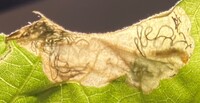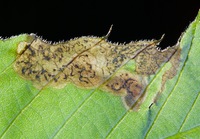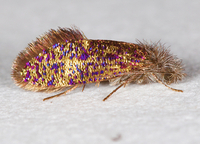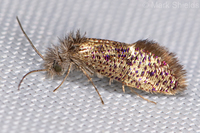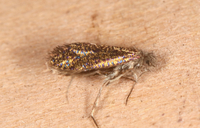
| Recorded by: Jim Petranka, Mark Basinger and Becky Elkin on 2025-06-28
Moore Co.
Comment: | 
| Recorded by: Jeff Niznik on 2025-05-09
Cumberland Co.
Comment: |

| Recorded by: Jeff Niznik on 2025-05-09
Cumberland Co.
Comment: | 
| Recorded by: Jim Petranka on 2025-04-23
Madison Co.
Comment: |
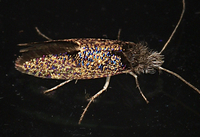
| Recorded by: Jim Petranka on 2025-04-19
Madison Co.
Comment: | 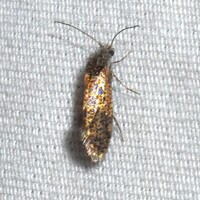
| Recorded by: David George, Jeff Niznik on 2025-04-05
Chatham Co.
Comment: |

| Recorded by: David George, Jeff Niznik, Rich Teper on 2025-03-28
Chatham Co.
Comment: | 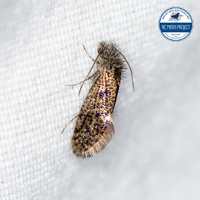
| Recorded by: Lior S. Carlson, Dean Furbish on 2025-03-19
Orange Co.
Comment: |
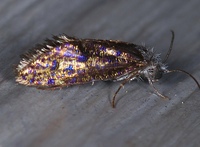
| Recorded by: Jim Petranka on 2024-04-29
Madison Co.
Comment: | 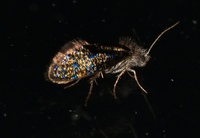
| Recorded by: Jim Petranka on 2024-04-27
Madison Co.
Comment: |
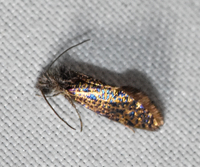
| Recorded by: Emily Stanley on 2024-04-16
Buncombe Co.
Comment: | 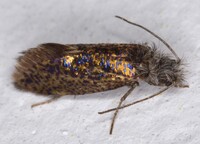
| Recorded by: Stephen Dunn on 2024-04-02
Orange Co.
Comment: |

| Recorded by: David George, Jeff Niznik on 2024-04-01
Chatham Co.
Comment: | 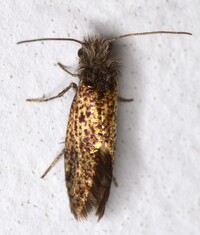
| Recorded by: Stephen Dunn, Jeff Niznik, David George on 2024-03-31
Orange Co.
Comment: |
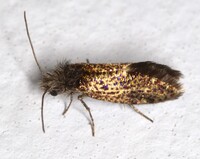
| Recorded by: Stephen Dunn, Jeff Niznik, David George on 2024-03-31
Orange Co.
Comment: | 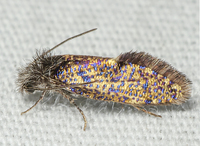
| Recorded by: John Petranka on 2024-03-30
Orange Co.
Comment: |
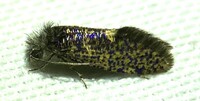
| Recorded by: Dean Furbish on 2024-03-29
Wake Co.
Comment: | 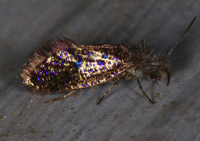
| Recorded by: Jim Petranka on 2023-04-20
Madison Co.
Comment: |
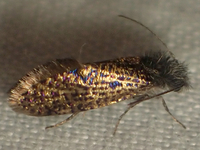
| Recorded by: tom ward on 2023-04-13
Buncombe Co.
Comment: | 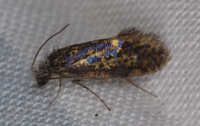
| Recorded by: David George, Stephen Dunn, Jeff Niznik on 2023-04-13
Orange Co.
Comment: |
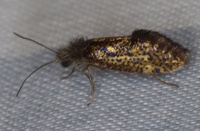
| Recorded by: David George, Stephen Dunn on 2023-04-05
Orange Co.
Comment: | 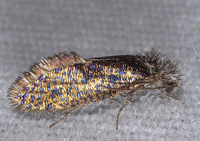
| Recorded by: John Petranka on 2023-04-03
Orange Co.
Comment: |
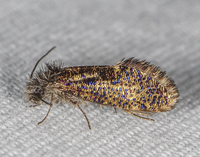
| Recorded by: John Petranka on 2023-03-24
Orange Co.
Comment: | 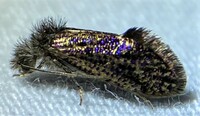
| Recorded by: Dean Furbish and Joy Wiggins on 2023-03-24
Wake Co.
Comment: |
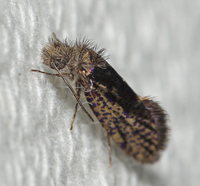
| Recorded by: chuck smith on 2023-03-10
Davidson Co.
Comment: | 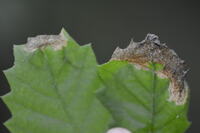
| Recorded by: Tracy S. Feldman on 2022-05-12
Durham Co.
Comment: |
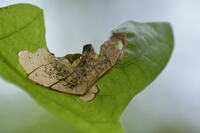
| Recorded by: Tracy S. Feldman on 2022-05-12
Durham Co.
Comment: | 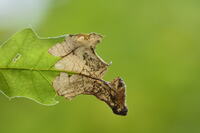
| Recorded by: Tracy S. Feldman on 2022-05-12
Durham Co.
Comment: |
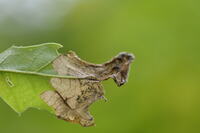
| Recorded by: Tracy S. Feldman on 2022-05-12
Durham Co.
Comment: | 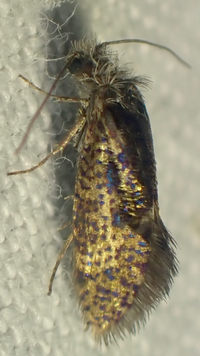
| Recorded by: tom ward on 2022-05-08
Buncombe Co.
Comment: |
|

 »
»